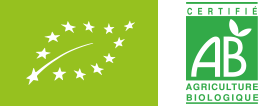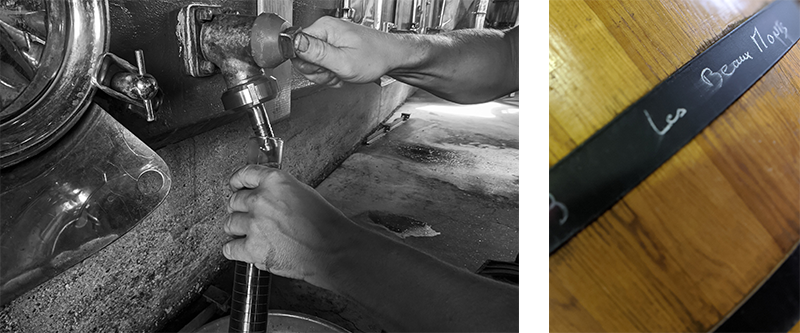My engagement
from the vineyard to the cellar
Every day, my efforts focus above all on respecting the soil and the vines in order to harvest the best from them. Then I pay particular attention to the vinification to reveal the essence of the great terroirs of the Côte de Nuits.

I work the soils with old straddles, very light in weight so as not to compact them and make them as lively as possible.
The vine shoots are crushed to restore organic matter to the soil. The amendment is carried out in a reasoned way, only with living matter and compost.
I spray compost teas and plant preparations to maintain the soil fauna and preserve the microorganisms necessary for its good health.
During pruning season, I only cut recent woods to be as less mutilating as possible.
I practice a soft pruning (Guyot Poussard), to respect the sap flow of the plants. The lenght of the wood left is adjusted according to the vigor of each vine stock. I am looking for a moderate production that does not exhaust the vines.
I generally trim high enough to provide shade and promote photosynthetic exchanges.
I carry out treatments with natural products that are close to the characteristics of the plant, when the pressure of fungal diseases imposes them.
I constantly keep a close watch on each cuvée to be the least interventionist possible.
The grapes are sorted in the vineyard by the pickers in cases. This allows qualitative sorting and limits the transfer of fruit. They are 100% destemmed, slowly in order to keep the structure of the berries. The winemaking is an opportunity to reveal the fruit of the vine and the work provided during the year.
The aging is done in barrels for about 18 months, with recent oaks (new to 3 years old) in order to best structure the wines without the wood being too marked.
Vinification

